When Henry Hudson first entered New York City’s waters, the Hudson River estuary was home to 220,000 acres of oyster reefs and was considered one of the most biologically productive, and diverse, environments on the planet.
Years of overharvesting, pollution and poor water quality have wiped out the natural oyster populations. However, the dedicated New York Harbor School (NYHS) students and faculty behind the Billion Oyster Project (BOP) are helping the oyster make a comeback.
Sea-Changing Students
The BOP is an education project aimed at restoring one billion live oysters and 100 acres of reefs to the New York Harbor by 2035 while engaging hundreds of thousands of students. The oyster is a keystone species, which is a plant or animal that plays a unique and crucial role in the way an ecosystem functions. Oyster reefs filter water and provide habitat for other marine species and add stability to the sea floor to protect the shoreline from destructive waves.
Located in the heart of the harbor on Governor’s Island, the NYHS was founded in 2003 to engage a diverse group of students with NY’s harbors and its greater environment. By 2008, the school wanted to build a deeper connection between its students and NY harbors and directly involve its students in harbor restoration efforts. They dove right in and spent the next few years laying the groundwork to launch the BOP in 2014.
The students are at the epicenter of the project, while BOP’s 10 employees are primarily responsible for sustaining the project, building partnerships, getting permissions and securing funds. As upperclassmen, NYHS students choose one career and technical program–Aquaculture, Marine Biology Research, Marine Systems Technology, Ocean Engineering, Professional Diving, Vessel Operations and Harbor Class–in addition to their traditional, more terrestrial curriculum. The BOP brings students from all of these programs to address a real-world issue affecting NYC’s harbors.
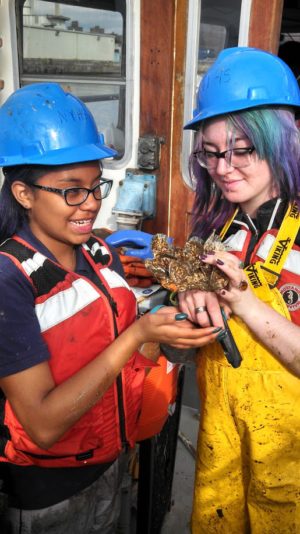 “I think the real value of the project for high school students is it creates an authentic problem that they have to work together to solve. Both teachers and students, nobody knows the answer to the question and nobody knows how to restore oysters in New York’s harbors,” said BOP Project Director, Peter Malinowski.
“I think the real value of the project for high school students is it creates an authentic problem that they have to work together to solve. Both teachers and students, nobody knows the answer to the question and nobody knows how to restore oysters in New York’s harbors,” said BOP Project Director, Peter Malinowski.
“No one knows if they will survive in these environments or how they will reproduce. It is a high-level problem that requires critical thinking and people coming to solve. And that kind of creative problem solving is really hard to create artificially. The project gets students to interact on a different level.”
The students raise the oyster larvae, drive the boats to get to the reefs, build and operate commercial-scaled oyster nurseries, design underwater monitoring equipment, scuba dive to complete underwater monitoring and construction and conduct long-term authentic research projects. Even though some of the students may not get credit for working on the project, a lot of students volunteer before or after school and on weekends.
The BOP has partnered with more than 50 NYC schools to provide math and science lessons through the lens of oyster restoration. Since the project launched, it has engaged a total of 2,150 students.
Restaurant Restoration
The project is changing the way people think about oysters not only in the classroom but also at the table. The oyster shell is a valuable resource for growing new oysters, and 20 oysters can grow in one shell. New Yorkers eat up to 500,000 oysters every week, that is 26 million a year! In partnership with Earth NY, the BOP Shell Collection program was created to recycle a fraction of those shells.
Each week, 25 restaurants send 5,000 pounds of shells to a shell-curing station on the NRG Arthur Kill Generating Station on Staten Island. After a year of curing, the shells will be prepared to be reintroduced back into the harbor. To date, the program has recycled 93,600 pounds of shells.
Little Creature, Big Impact
Since the project launched, students and BOP volunteers have grown 11.5 million oysters and restored 1.05 acres of reefs throughout the harbor. Those itty bitty bi-valves [molluscs that have laterally compressed bodies enclosed by a shell consisting of two hinged parts] have filtered 10.9 trillion gallons of water and removed an estimated 6.75 million pounds of nitrogen from the harbor. To learn more about the BOP’s innovative program, visit their website, Facebook or Twitter.
- Photography: Billion Oyster Project
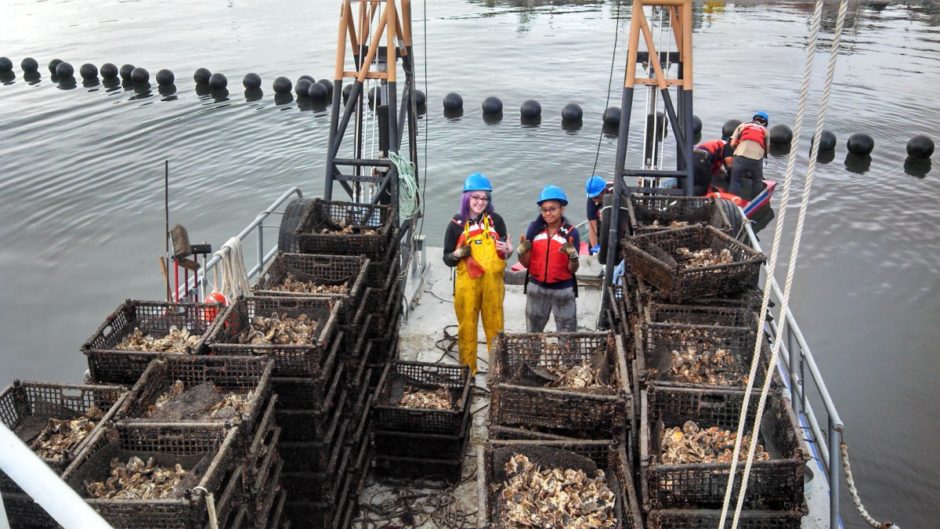
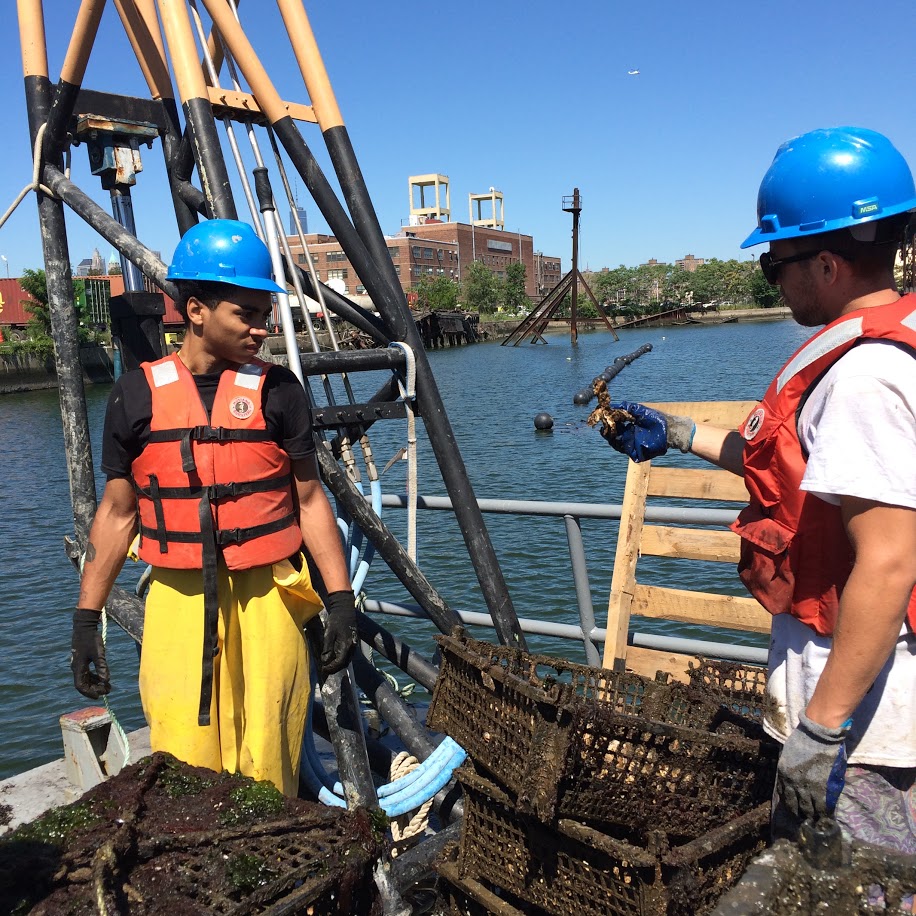
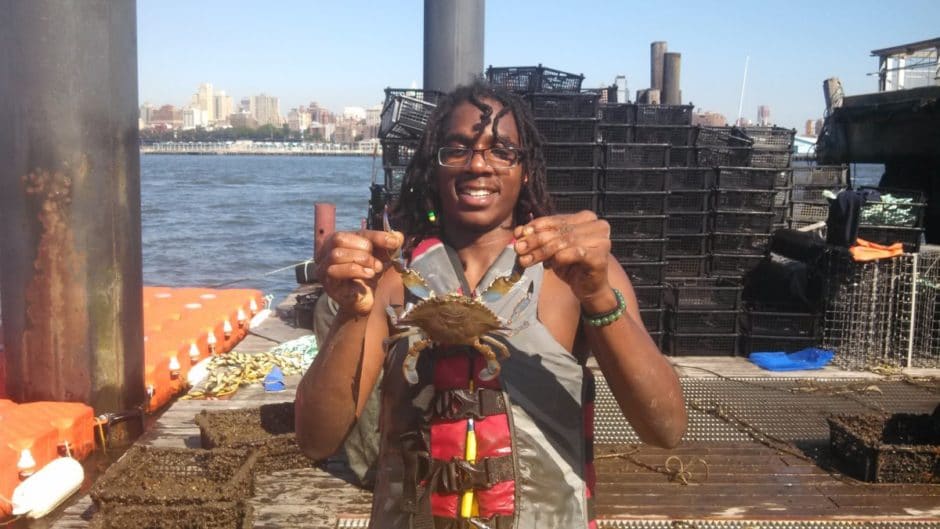
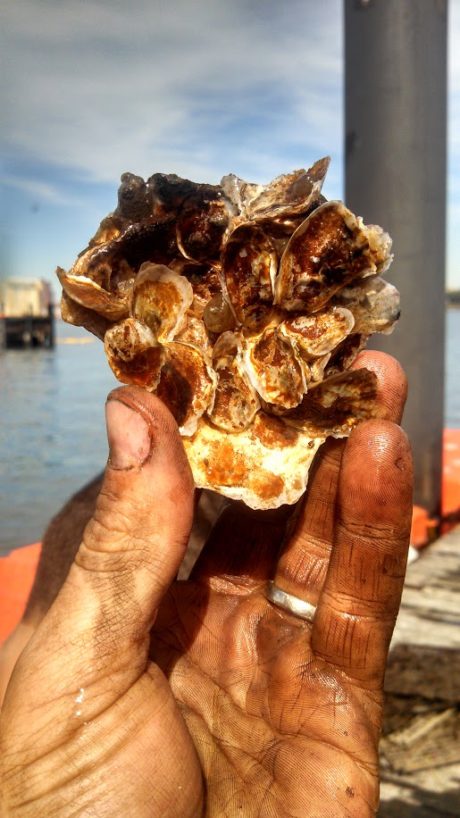
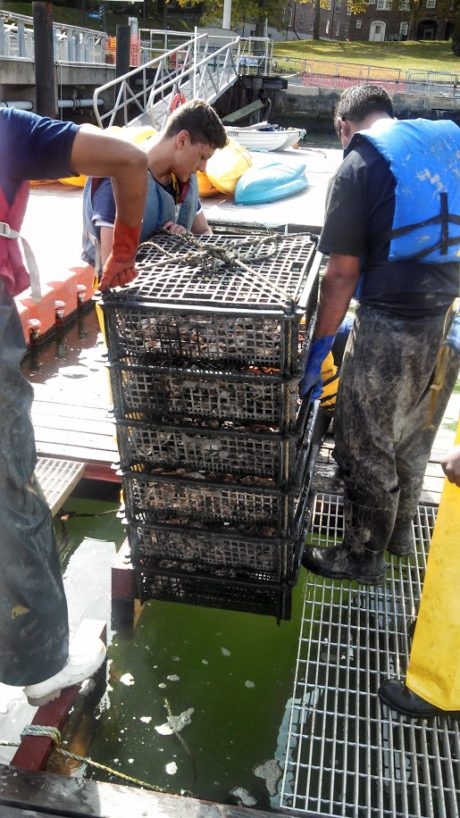
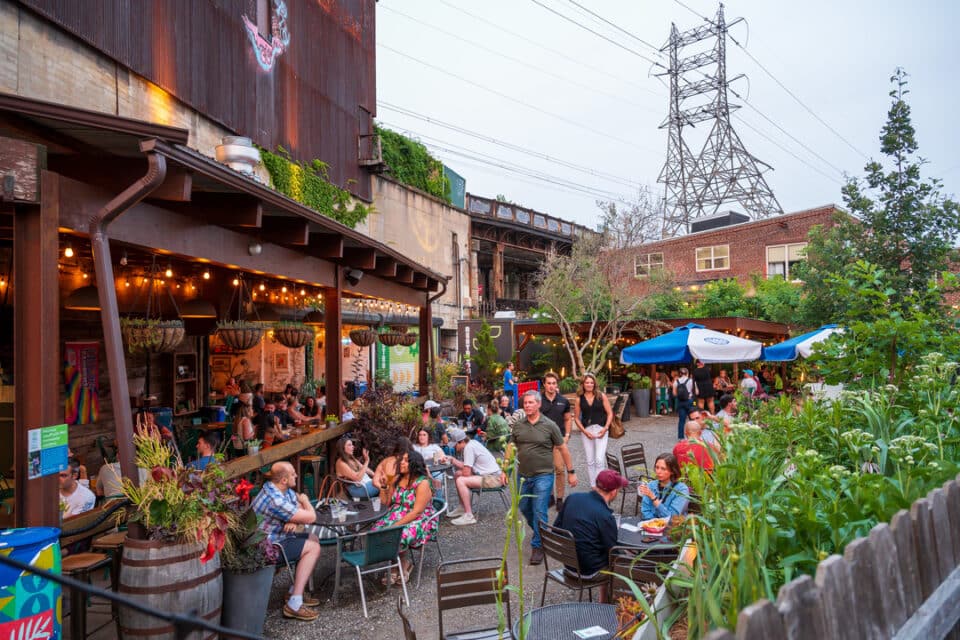
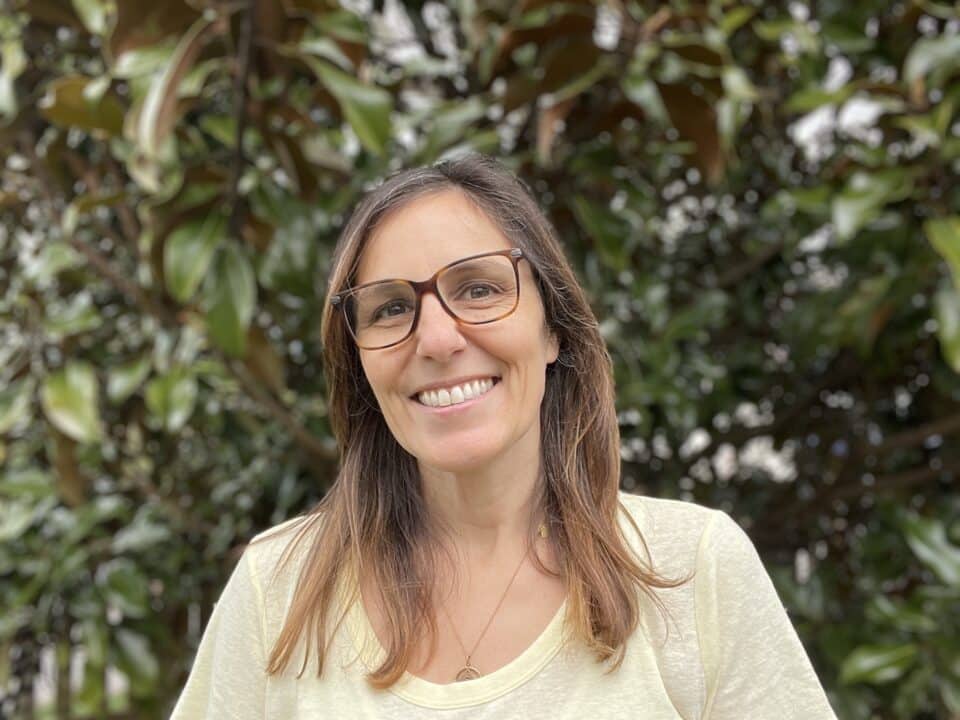
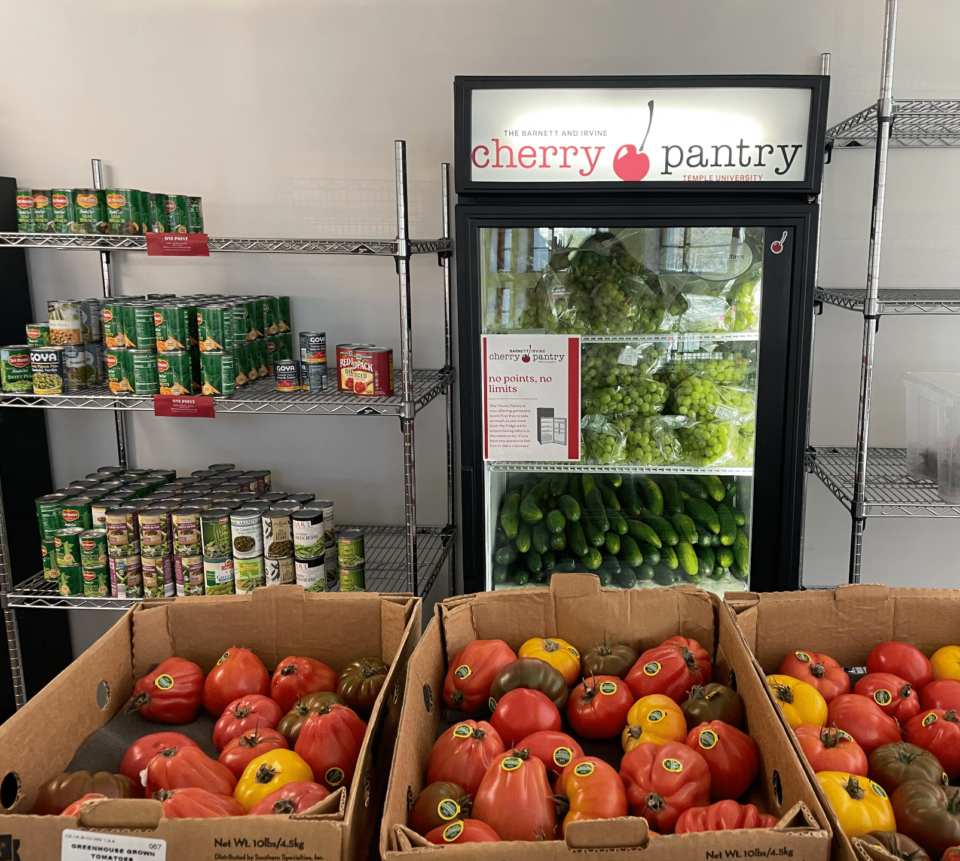
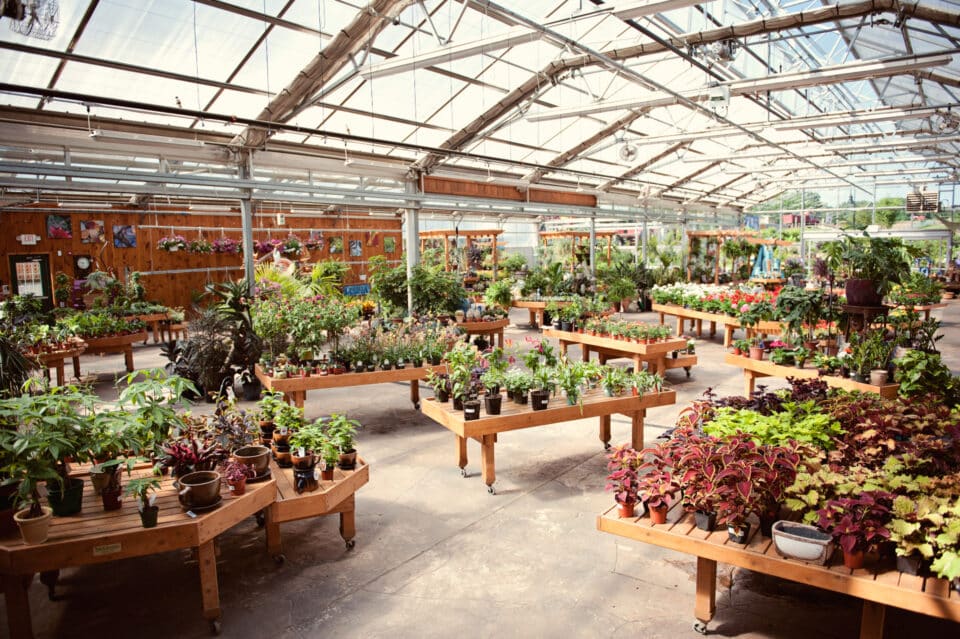
One Comment